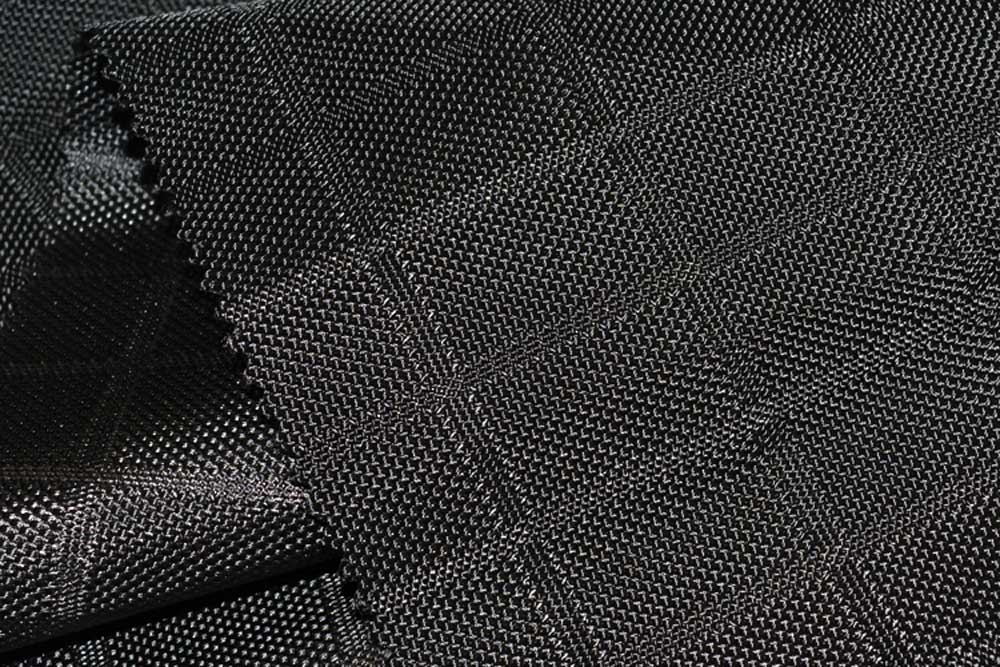The intervals are typically 5 to 8 millimeters (0.2 to 0.3 in). Thin and lightweight ripstop fabrics have a 3-dimensional structure due to the thicker threads being interwoven in thinner cloth. Older lightweight ripstop fabrics display the thicker interlocking thread patterns in the material quite prominently, but more modern weaving techniques make the ripstop threads less obvious. A similar effect can be achieved by weaving two or three fine yarns together at smaller intervals.
Advantages of ripstop are the favourable strength-to-weight ratio and that small tears can not easily spread. Fibers used to make ripstop include cotton, silk, polyester, and polypropylene, with nylon content limited to the crosshatched threads that make it tear-resistant.

